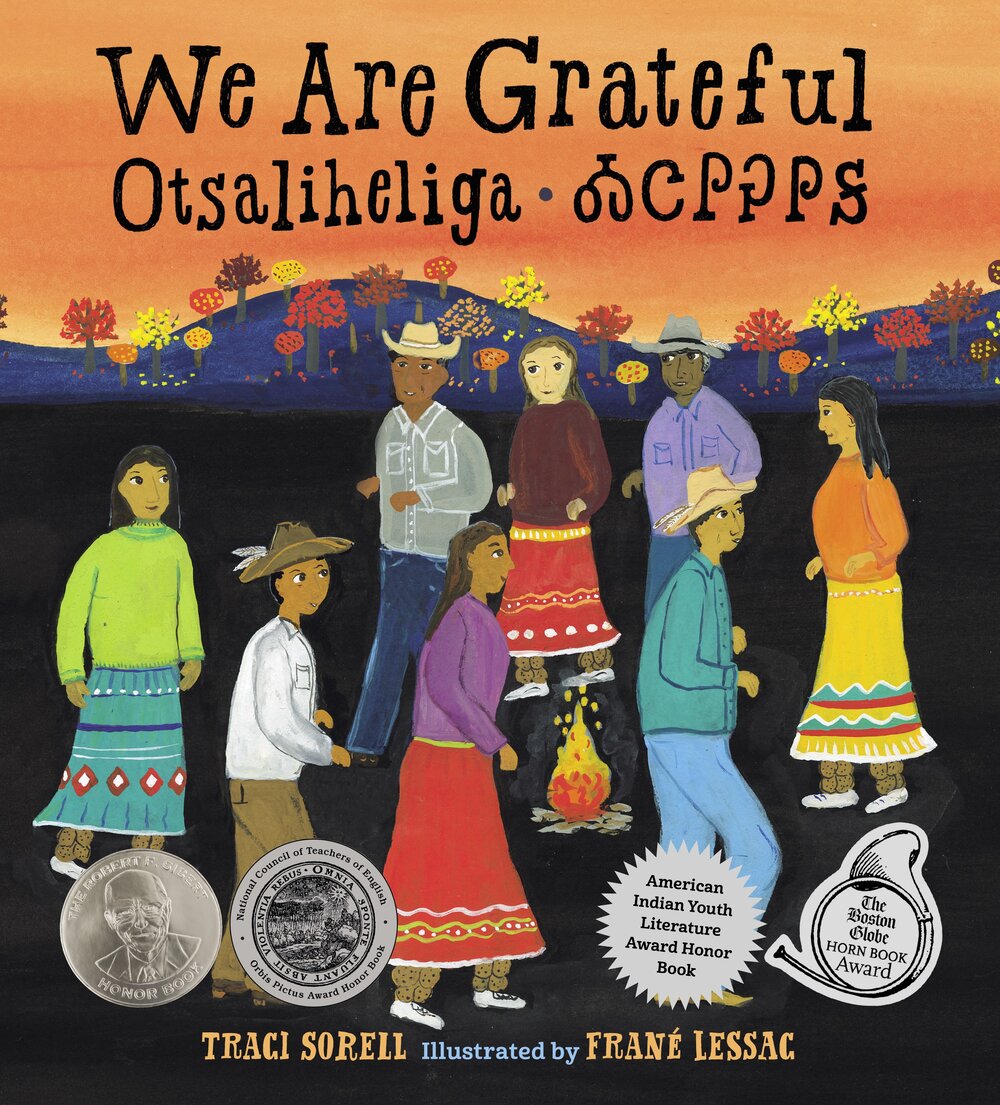As COVID-19 deaths spiked in 2020, Suzanne Firstenberg’s public art installation "In America: How could this happen…"
Interactives & Media

Grade Range:
6-12
Resource Type(s):
Reference Materials, Primary Sources, Interactives & Media, Lessons & Activities
Date Posted:
9/12/2009
This website provides online access to this collection of oral histories, photos, documents, and objects related to bracero history. Students can browse the archive, use social bookmarking tools to share resources, add their own notes and make a poster using items from the archive, and

Grade Range:
6-12
Resource Type(s):
Interactives & Media, Worksheets
Date Posted:
1/15/2011
In this episode of the History Explorer podcast series, hear museum staff person Petrina Foti discuss inventor Ralph Baer, the first video game, and how to read the stories in objects. The resource package includes a transcript, teacher guide, and student worksheet.

Grade Range:
6-12
Resource Type(s):
Primary Sources, Interactives & Media, Lessons & Activities, Worksheets
Duration:
220 minutes
Date Posted:
4/27/2010
Investigate the authentic journal of Alex Van Valen, a man who set sail in 1849 to stake his claim in the California gold fields, to discover what life was like during the gold rush. This dynamic project from the Smithsonian's National Museum of American History includes student questions to help

Grade Range:
6-12
Resource Type(s):
Interactives & Media
Duration:
60 minutes
Date Posted:
3/18/2021
Viral Histories is a collection of conversations with community leaders combating racism while serving on the front lines.
During the COVID-19 pandemic, Asian Americans have been experiencing increased racism and hate crimes. While these incidents of increased prejudice and violence occur today,

Grade Range:
6-12
Resource Type(s):
Interactives & Media, Worksheets
Date Posted:
3/16/2012
In this episode of the History Explorer podcast series, curator Eric Jentsch discusses the history of the Harlem Globetrotters, an all-African American basketball team that barnstormed through segregated America to become the world's most recognizable sports team.

Grade Range:
6-12
Resource Type(s):
Interactives & Media
Duration:
4 minutes
Date Posted:
3/23/2012
Meet Steven Turner, curator at the Smithsonian's National Museum of American History, as he discusses the Smithsonian's scientific instrument collection. This video focuses on the history of acoustics during the 18th and 19th centuries, including demonstrations of wave models, tuning forks, siren

Grade Range:
6-12
Resource Type(s):
Interactives & Media
Duration:
18
minutes
Date Posted:
3/15/2011
In this episode of the History Explorer podcast series, learn what it takes to develop a great National History Day project from museum staff members who have judged the website, exhibits, and essay competitions at national level. National History Day is an annual competition that engages s

Grade Range:
6-12
Resource Type(s):
Interactives & Media
Duration:
50 minutes
Date Posted:
7/7/2008
In these electronic field trips produced by the National Museum of American History, viewers are given a 20 minute tour by the curators of the exhibition Separate Is Not Equal: Brown v. Board of Education, followed by a 30 minute videotaped question and answer session about the Brown v. Board of

Grade Range:
6-12
Resource Type(s):
Primary Sources, Interactives & Media, Lessons & Activities, Worksheets
Duration:
13 minutes
Date Posted:
4/2/2012
When John Jea joined a ship’s crew in 1806, he was not prepared for the dangerous conditions, hard work, and preparation necessary for life at sea. Listen to a dramatic reading of his narrative, and then study the supporting primary sources to answer the discussion questions. This resourc

Grade Range:
6-12
Resource Type(s):
Interactives & Media
Duration:
60 minutes
Date Posted:
9/8/2021
What will the future of gender equity look like?
The annual summit for 2021 will examine issues of gender, bias, and equity. History will be our guide as we unpack this question and envision our own answers to it.



















